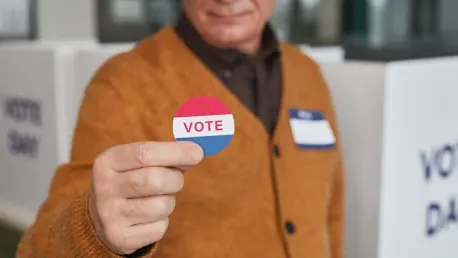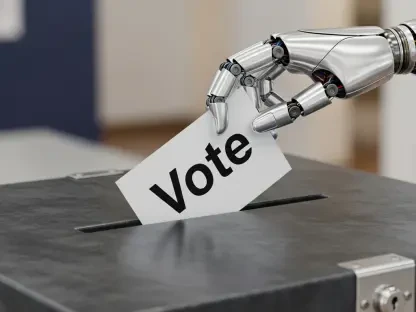In an effort to ensure a secure and orderly election process in Michigan, Attorney General Dana Nessel has released a comprehensive 14-page document detailing specific procedures for law enforcement and election workers. The guidance addresses new voting laws, ballot drop box security, firearm restrictions at and near polling places, and methodologies for handling potential disruptions. A notable aspect of the guidance emphasizes the discreet and appropriate use of police body cameras at polling places, aimed at protecting the privacy of voters while they cast their ballots.
Ensuring Unified Practices Across Law Enforcement Agencies
Managing Threats and Disruptions
Attorney General Nessel highlighted the discretionary power vested in law enforcement to manage threats and disruptions during the election process. This discretionary power is essential to both maintaining public safety and ensuring a seamless election experience for all voters. Nessel’s guidance underscores the legal duty of law enforcement agencies to not only safeguard the polling sites but also to protect voters’ rights while ensuring that individuals can cast their ballots without fear or intimidation.
The guidance document recommends coordinated efforts among various law enforcement agencies, including the State Police and local sheriffs’ departments, to foster a unified approach to election security. This collaborative effort is seen as crucial for upholding the integrity of the election process. By providing clear and actionable guidelines, Nessel’s office aims to streamline procedures and address potential issues in a proactive manner. This approach is particularly vital in light of the polarized political climate and the heightened concerns surrounding election security.
Body Camera Usage at Polling Places
The implementation of police body cameras at polling places is one of the key points in the guidance issued by Nessel. Although body cameras are generally deemed beneficial for transparency and accountability, their use at polling sites raises significant privacy concerns. Therefore, the guidance specifies that officers must use body cameras in a way that respects and protects the private act of casting a vote. Officers are instructed to refrain from recording voters while they are filling out their ballots, ensuring that the fundamental right to privacy is upheld.
Furthermore, the document outlines the operational protocols that law enforcement officers should follow when utilizing body cameras around polling sites. These protocols are designed to balance the need for security with the protection of voter confidentiality. By delineating clear rules and expectations, Nessel’s office aims to prevent any potential misuse of body camera footage that could undermine public trust in the electoral process. This aspect of the guidance is seen as a proactive measure to address privacy issues and foster voter confidence.
Addressing Electioneering and Election Challengers
Preempting Electioneering Issues
A significant portion of the guidance focuses on preemptively resolving issues related to electioneering, which involve any actions intended to influence voters within the proximity of polling places. Electioneering can take many forms, from distributing campaign materials to verbally persuading voters, and it is generally prohibited within a specific distance from polling locations. Nessel’s document clearly outlines the boundaries and restrictions associated with electioneering to ensure a fair and impartial voting environment.
The guidance also provides law enforcement with strategies for managing situations where electioneering laws might be violated. These strategies include intervention procedures and steps for de-escalation to ensure that any disruption is handled efficiently without compromising the voting process. By offering practical solutions for these scenarios, the guidance aims to maintain order and prevent any attempts to unduly influence voters’ decisions. This forward-thinking approach is intended to safeguard the electoral process and uphold democratic principles.
Role of Election Challengers
In a bid to maintain a secure and well-organized election process, Michigan Attorney General Dana Nessel has unveiled a thorough 14-page document outlining specific procedures for law enforcement and election workers. This guidance tackles new voting laws, security for ballot drop boxes, firearm restrictions at and near polling stations, and protocols for managing potential disturbances. One key feature of the document is the focus on the discreet and appropriate use of police body cameras at voting locations, aimed at safeguarding voters’ privacy while they cast their ballots. The document also provides detailed instructions for handling situations that might cause disruptions on Election Day, ensuring that both poll workers and law enforcement officers are well-prepared. Additionally, it highlights the importance of communication between different agencies to coordinate efforts in maintaining a smooth and secure election process. This comprehensive approach aims to build public trust and ensure that every Michigan resident can vote without fear of interference or intimidation.









